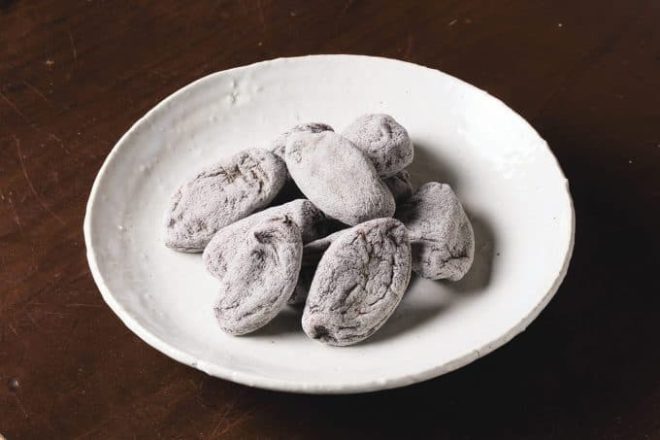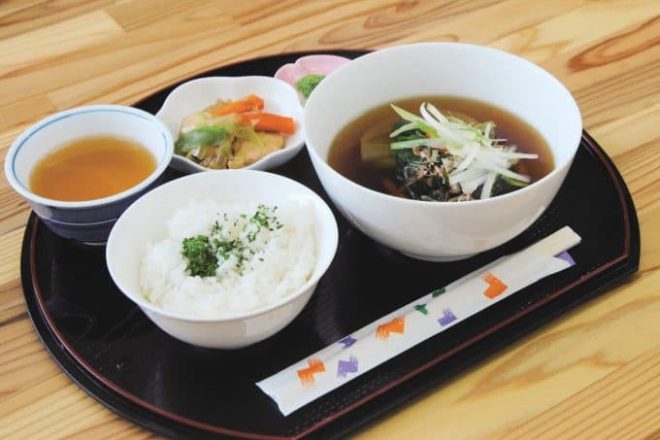Kyoto Yamashiro
Kyoto Yamashiro
Kyoto’s tea region: the birthplace of Japanese tea
Tea cultivation methods were first introduced to Uji from China around 800 years ago. Tea farmers and distributors in the region developed their own horticultural processes, and their unique methods produced uniquely Japanese varieties of tea. These new varieties include sencha (green tea) produced from steamed and kneaded leaves, gyokuro (premium green tea), and matcha (powdered green tea). Both gyokuro and matcha are made from leaf buds grown in the shade to increase their theanine content, but matcha has its stems and veins removed before being ground on a stone mill. Eventually these techniques spread across the country, but tea cultivation has continued in Uji since its inception.
Recommended Spots
Tour Route
Learn the history of Ujicha around Uji, Wazuka, Ujitawara area (Day 1) / Enjoy shopping around Kumiyama, Yawata, Joyo area (Day 2)
Day 1
Tale of Genji Museum/Unjosaryo
Experience the rich history of Uji, the main setting of The Tale of Genji and The Ten Chapters of Uji, and indulge in the delightful fragrance and flavor of expertly selected teas curated by Uji's tea masters, the connoisseurs of the craft.
Satoyama Lunch at Lindenbaum
A hidden European-style restaurant run by a chef with experience at the Japanese Embassy in Germany, in his hometown's old house. There is a lunch menu available every day, as well as a specialty menu that uses tea leaves from Ujitawara.
Nagatani Soen Seika
This is the birthplace of Soen Nagatani, who created and popularized the "Aosei Sencha Method" in the mid-Edo period and established the process of making Japanese green tea. The remnants of the tea roaster are preserved and you can learn about the tea-making process through videos.
dan dan cafë
A café offering scenic views of Ishidera Tea Farm, Wazuka Town's renowned tea plantation. Customers can choose from a range of options including lunch, Wazuka tea, seasonal fruit gelato, parfaits and more.
Day 2
Kumiyama Farmers Market Shunsai no Sato
Vegetables brought by farmers from Kumiyama are lined up, and there is often a line on Saturday and Sunday mornings. Many of the fans are reassured by the fact that they can see the faces of the farmers.
Sewaritei Cherry Blossom Road
The Sewari Dam, which separates the Kizugawa River from the Ujigawa River, is a stunning national park where cherry blossoms bloom in the spring, enveloping visitors in a delicate shade of pink. The park features a 1.4-kilometer cherry blossom-lined road, a grassy plaza, and an observation deck.
Shokado Lunch at Kyoto Kitcho Shoka-dō
Treat yourself to an elaborate lunch at the birthplace of Shokado bento. The Kitcho Shokado outlet, which is adjacent to the garden, is popular with women because it offers a convenient way to enjoy the delicious flavors of the upscale Japanese restaurant, Kitcho.
regional foods
-

KORO-GAKI, THE PERSIMMON’S SWEETNESS IS ENHANCED BY EXPOSURE TO COLD WINDS
-

TEA FARM’S TRADITIONAL MEAL “CHAJIRU”
-

UJI TEA —THE THREE TYPES OF TEA PRODUCED IN THIS REGION—







